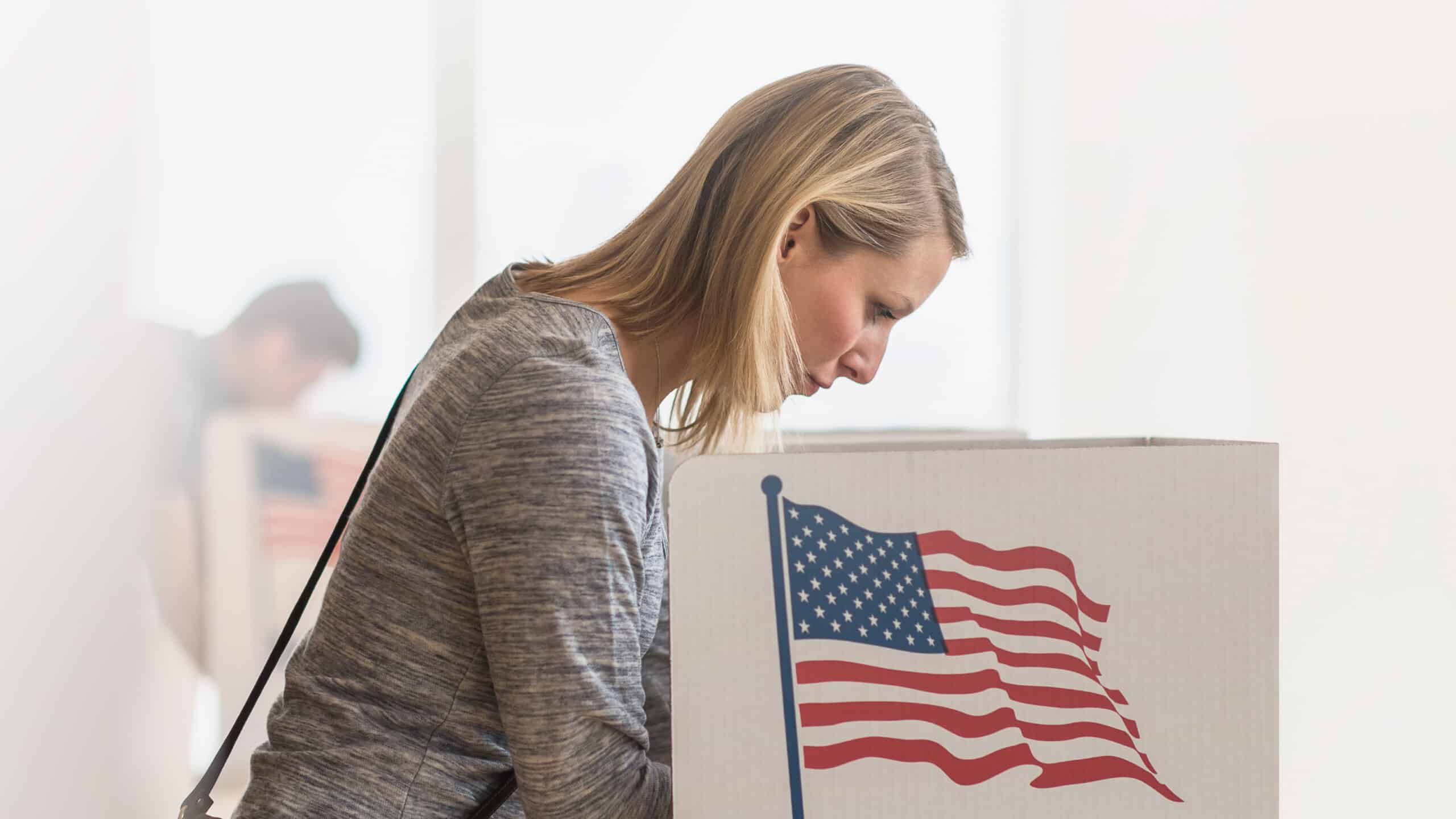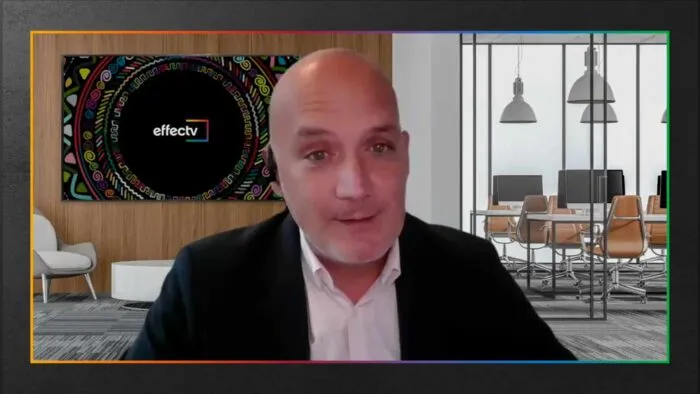Over the past few years, women voters have become more integral than ever in affecting election outcomes. Not only do women represent half of the population, they also have been found to vote at higher rates than men.1 In fact, in the 2020 presidential election, more than 82 million women turned out to the polls, and ultimately played an immense role in electing Joe Biden.1
With nearly 89 million women registered to vote, they make up the largest, and arguably the most influential, voting bloc in the US.1 Going into the presidential election, it is crucial that political advertisers prioritize reaching women voters with messaging that resonates.
Based on campaign data, Comcast Advertising uncovered insights into how and where women are engaging with media in order to inform advertiser strategies on how to effectively reach this audience. As we kick off 2024, political advertisers need to be equipped with the right know-how and the best tools to effectively deliver their messages. Those that reach women voters will be more likely to succeed within their respective races.
This election year, it is imperative that advertisers develop multiscreen campaigns across live TV and streaming, tap into cable news and high value programming, and run audience-targeted campaigns to connect with women in the right environment and content.
Here’s a look at how political advertisers can successfully do this.
Reach Women Across Screens and Platforms
Though live TV still commands enormous audience reach, streaming is becoming increasingly popular, especially among women. Currently, households with women voters spend about 29% of their viewing time with streaming content.2 Further, it has been found that among households with female voters who use streaming, 46% would not have been reached by linear TV alone.2
When it comes to households with women voters aged 18-34, the use of ad-supported video on demand (AVOD) increased 37% year-over-year. Interestingly, this was a higher growth percentage compared to men, which increased at 32%, highlighting the medium’s importance to this audience.3 Even in households with women voters over the age of 35, the share of streaming increased 7% from 2021 to 2022, including both ad-supported and non-ad-supported streaming.2 And women that are college-educated dedicate 12% more of their viewing to streaming than those with no college education.4
Ensuring that streaming is included in advertising strategies in 2024 will be a key factor in reaching this audience.
Understand the Content Women are Viewing
Although women voters are certainly not a homogenous group and shouldn’t be treated as such, there are a few trends that can be commonly found in the broader demographic when it comes to how and what they are viewing. For instance, cable and broadcast TV make up over two-thirds of women voters’ viewing share. Further, households with women voters spend over 6.5 hours per day watching television with 89% of that viewing happening live.5
When it comes to what they are viewing, Fox News and CNN are two of the top ten networks by reach for women over 35, highlighting that cable news is an important genre.6 News programming, however, isn’t everything; many women viewers also tune into channels like HGTV, Hallmark, and Food Network at higher rates than men. Additionally, women over 35 are much more likely to watch networks that prioritize women and family-focused programming, and college-educated women are more likely to watch entertainment-forward networks.6
These findings cement the fact that, despite the popularity of streaming, it is still essential to make sure to reach women via traditional media as well, especially live TV. Political advertisers should consider including high-value programming like cable news, single-genre networks, and entertainment-focused programming that over indexes with women.
Connect with Women in a Consistent and Tailored Way
To have the greatest impact on women voters this year, the key is to connect with them early and maintain a consistent voice to help increase reach. An analysis of more than 8,000 political TV campaigns that ran leading up to the 2022 election found the campaigns that spread their budgets across a longer flight and ran an average of 16 days longer than other comparable campaigns had 2.5 times greater reach and 86% higher frequency.7 This is a powerful tactic and can help ensure that a message is remembered by viewers. Political advertisers should also use more precise audience-targeting capabilities so they can reach women audiences on a more local level with messages that speak to the issues that are most important to them.
Women are one of the largest and most active group of voters, and tailoring strategies and messages to appeal to women voters is an absolute must for political campaigns.
For more political advertising insights to equip your campaigns this political cycle, download The Ultimate Guide to Reaching Voters .
Sources:
1. Gender Differences in Voter Turnout, Center for American Women and Politics, 2023.
2. Comcast Aggregated Ad Exposure Data. 9/6/22 – 11/7/22 General Election Voter Women 35-64 impressions among Political advertiser campaigns. Target based on Experian & L2.
3. Analysis of Sep & Oct 2022 (9/1/22 – 10/31/22). Nielsen Streaming Platform Ratings, Demographic: Female 18-34, Viewing Sources include Total AVOD and Total SVOD, Total US. Comparison based on 9/1/21 – 10/31/21.
4. Nielsen NPOWER Time Period Ratings Analysis Report, Live+7. (9/1/22 – 10/31/22). Nielsen National TV Panel Data augmented by Streaming Platform Ratings, Demographic: Females 18+ with a 4+ years of college, Total US. Comparison based on 9/1/21 – 10/31/21. Includes both ad-supported and non-ad-supported viewing source.
5. Comcast Aggregated Viewership Data. Sep & Oct 2022, Total US, Target as defined by Experian & L2.
6. Analysis of Sep & Oct 2022 (9/1/22 – 10/31/22). Nielsen National TV Panel Data augmented by Streaming Platform Ratings, Demographic: Female 35+, Total US. Comparison based on 9/1/21 – 10/31/21. Includes both ad-supported and non-ad-supported viewing sources.
7. Comcast Aggregated Viewership Data combined with Ad Exposure Data from TV and/ or streaming campaigns in the Political category (9/6/22 – 11/7/22). Target: Frequent General Election Voters. Target based on Experian & L2.



